ENGLISH
The María Auxiliadora Home is a shelter founded by Eduardo Freire, located in a very remote community called La Josefina II, in San Diego, Carabobo State, Venezuela. Ironically, it is near the Arturo Michelena University, which is also somewhat isolated from the city. I worked there for a long time as a resident psychologist. Generally, I would go home every two weeks for a weekend; I would leave on a Friday and return on a Monday. The Home is dedicated to providing shelter for children at risk who, for various reasons, end up on the streets.
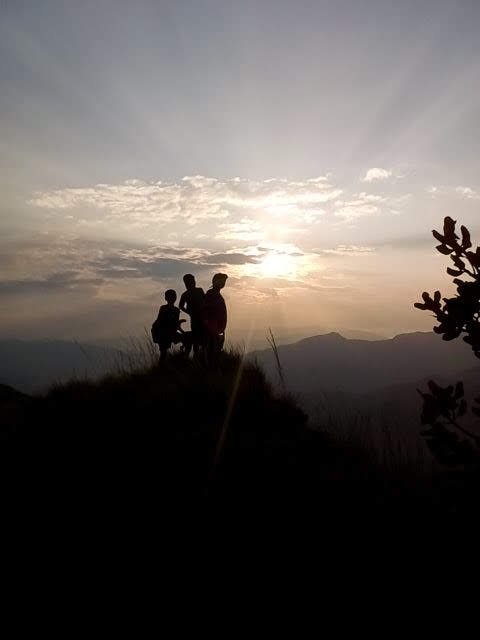
When a new child arrived at María Auxiliadora, I took on the tradition of taking them for a walk in the park. Since the Home is located in San Esteban Park, one of the largest parks in the country, it gave me the opportunity to work on many things with the new children. Over time, I learned that children who had been homeless had a different worldview compared to others. At bedtime, we would lie down and look at our ceiling, trying to find a comfortable temperature with our fan or air conditioning, while a street child only felt cold at night and their ceiling was the sky illuminated by the moon and stars when the weather was good.
Understanding this was fundamental for me because when the authorities brought in the children, no matter how nice the walls were or how secure their new roof was, they perceived this change as confinement. I want to clarify that no one at the Home was obligated to stay; it was a place of complete freedom. However, a child who left or ran away did not have the right to return. For me, it was a challenge to desensitize each of these children; changing a cognitive bias is not as easy as it seems in books.
Taking advantage of the spacious grounds of the Home and being in San Esteban Park, I would take them on excursions in the park. This helped them associate the feeling of openness of the park with the Home. Also, the smell of wet earth during that season blended with the aroma of the mastranto plant, which filled me with joy because the morning breezes from the west awakened us with that smell at the end of July. I was informed that a new boy was coming and that he was a difficult child—this was his second transfer, and the previous shelter could no longer keep him.
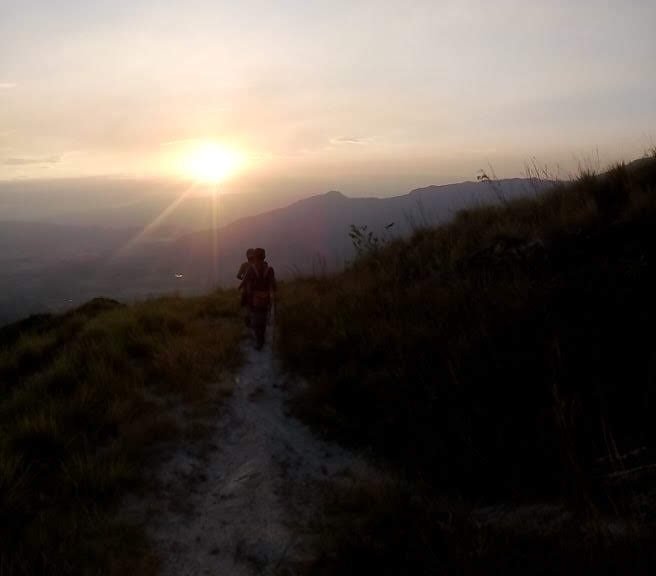
I certainly tried not to think too much about the possibility of having a problematic boy. I always tried to ensure that the Pygmalion effect didn’t take hold of me, but I think my efforts were in vain. Upon the boy's arrival, I realized he was one of those adolescents who age quickly. When I read his final report, the two pages of his technical file turned into a folder the thickness of a book, like "The Lord of the Rings." At that moment, I worried and thought, "This can’t get any worse." One of the emblematic children of the Home asked, “Are we going up the mountain today?” “I don’t think the new boy can go far,” said the child, and in unison, the new boy replied, “No way; I’ll go farther than you.”
For over 30 minutes, they argued and then asked me, “What’s at the end of the park?” I told them it was the beach, and they both prepared to reach the end. I was skeptical; I didn’t believe they had that much stamina. The next day, I told everyone in the Home that we were going to make the complete journey, but no one dared. I usually went out with almost all the children, but this trip I calculated would be so long that the departure time wasn’t like it was on other occasions. At the moment of ascent, I set out with the two boastful boys, until suddenly I heard a voice in the distance say, “Wait for me!” Another child from the Home had gotten encouraged, so I was now climbing with three adolescents aged 12, 13, and 14. We went to the INPARQUE to register and I asked for directions; it was my first time going that far. They told me that I would need to camp there and that it would take at least two days, and there was a place called “The Rancho de las Caraotas.”
The new boy came up with the idea of having a race, and the other two kids agreed, making their way to a spot in the park known as the little tree. The boy who had the idea of the races became tired, and I noticed his skin color change, realizing that we might need to turn back. It was strange that he got tired so quickly; it wasn't the first time a new kid had raced, and the distance at that spot wasn't that long. His nemesis asked him, "What do you have in that bag?" He then showed us three two-liter bottles of water, at which point the two kids and I laughed spontaneously. The new boy said, “This path is like life: if you carry too much, it weighs you down and you’ll move slowly; if you carry too little, you’ll be missing something and won’t reach where you want to go.” It’s all about balance.
That moment was very sweet and nostalgic. A year ago, I had said those same words, but it wasn't because I was carrying too much water; he had the bag full of food. I was surprised that he remembered my words despite the time that had passed. In that moment, I realized that what I discussed with them somehow planted a seed that I might never see sprout, but it would serve them at some point. The new boy fell asleep after a while, and I thought the journey ended there. To my surprise, when he woke up, he said he wanted to continue. He changed his pace; he didn’t want to keep running. At that moment, organically, the kids who had been at the home longer were up ahead, and I seized the opportunity to tell him the house rules. When I finished, he told me, “This is my third institution, and in my family, I moved from house to house.” The problem isn’t the rules; the problem is me. That raised all my alarms, and I let his words linger in my mind. At that moment, I just told him the obvious: that he wasn’t the problem. From there, he shared his story with me to the point that I didn’t even realize we had passed the limit marked by a stone statue; whenever a stretch of path was successfully explored, a stone statue was erected.
I focused on listening to the boy’s life story, almost in a meditative state, and as a psychologist, I instinctively structured the therapeutic framework I needed to use. It was like waking from a dream when we arrived at the bean patch, a place that felt magical. It consisted of two sheets of metal crossed over each other, forming a small chalet-style house—quite eerie, perfect for a horror short film—but surrounding it were numerous fruit trees that the eye couldn't fully take in.
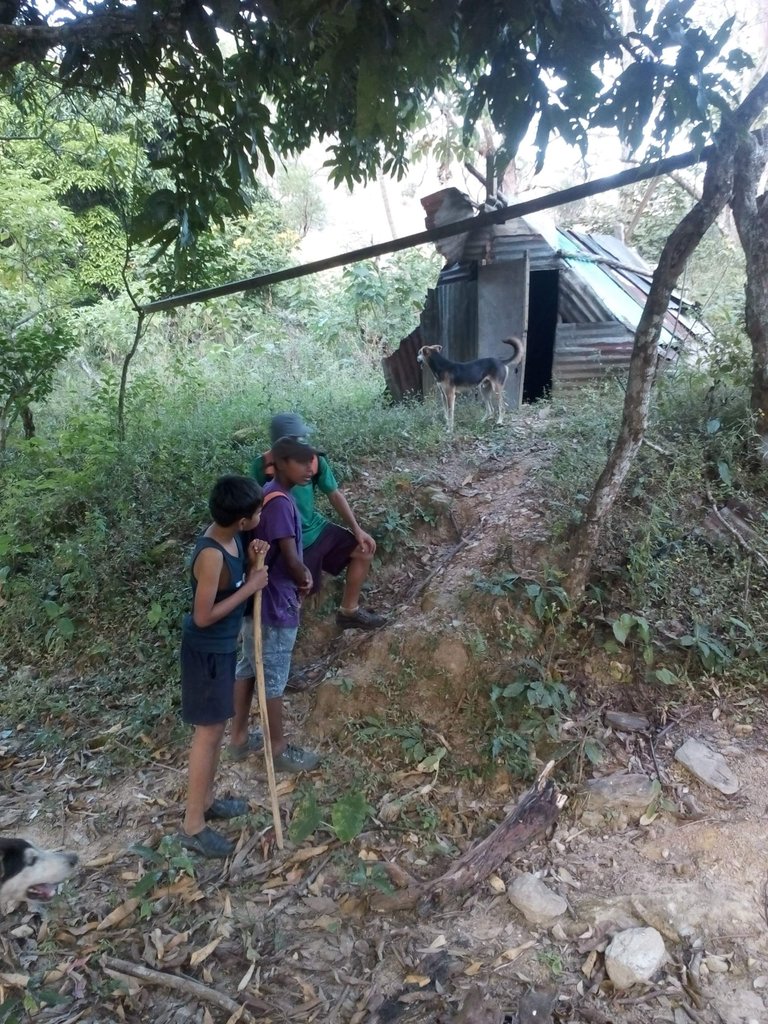
I saw the new boy climb a small hill and he asked me, “Do you hear it? Do you hear the sea?” Obviously, I knew it was his imagination because the distance didn't allow for hearing anything. Immediately after, he emptied his water bottles and made a face as if he had been illuminated by some understanding. He looked at me and said, “Did we make it this far?” I replied that yes, it was getting late. It had been nearly six hours of travel, including the round trip. On our way back, we encountered the most beautiful sunset that the journey had given us.
ESPAÑOL
Las Reglas de la casa
La casa hogar María Auxiliadora, es una casa hogar fundada por Eduardo Freire, está ubicada en una comunidad muy alejada de la ciudad llamada la josefina II, en San diego, Edo Carabobo, Venezuela, de forma irónica está cerca de la Universidad Arturo Michelena que también está un poco incomunicada de la ciudad, ahí trabaje durante mucho tiempo como psicólogo residente, generalmente iba a mi casa cada dos semanas un fin de semana, me iba un viernes y regresaba un lunes, la Casa hogar se dedica a dar refugio a niños en situación de riesgo que por múltiples motivos terminan en la calle.
Cuando a la casa hogar María Auxiliadora llegaba un nuevo niño nuevo tome la tradición de llevarlo de paseo por el parque y como la casa hogar está ubicada en el parque San Esteban, uno de los parques más grande del país, me daba la oportunidad de trabajar muchas cosas con los niños nuevos, aprendí con el paso del tiempo que los niños que tenían situación de calle, tenían una cosmovisión diferente a los demás, a la hora de dormir nos acostarnos y miramos nuestro techo, buscamos colocar una temperatura adecuada con nuestro ventilador o con nuestro aire acondicionado un niño de la calle solo siente frio por las noches y su techo es el cielo iluminado con la luna y las estrellas cuando hay buen clima.
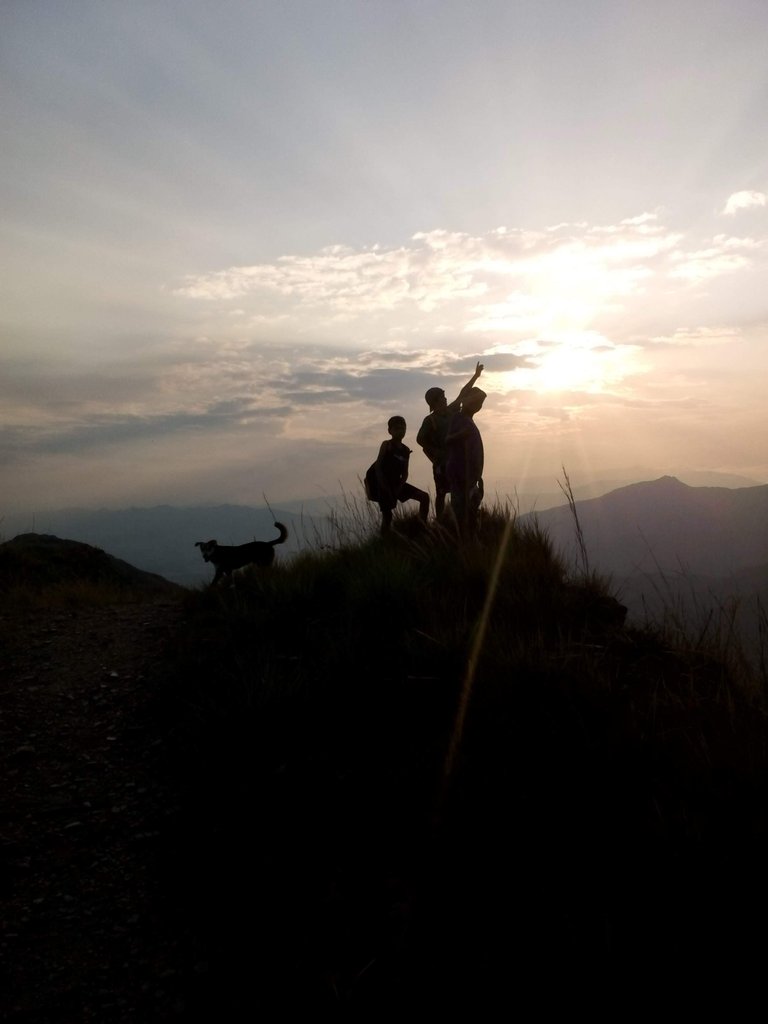
Entender esto último fue fundamental para mí, cuando las autoridades traían a los niños, por más bonita que fueran las paredes o por más seguridad le brindara su nuevo techo a los niños este cambio lo percibían como un encierro, y quiero aclarar que en la casa hogar nadie estaba obligado a permanecer en ella, era un lugar con plena libertad, pero el niño que se fuera o fugase, no tenia derecho a regresar, para mi fue un reto desensibilizar a cada uno de estos niños, cambiar un sesgo cognitivo no es tan fácil como aparece en los libros.
Aprovechando que el terreno de la casa era amplio y de cierta manera estábamos en el parque San Esteban, les daba una excursión por el parque, esto me serbia para que solaparan la sensación de amplitud del parque con la casa, además que el olor a tierra mojada en esa época se fusionaba con del mastranto, cosa que a mi me llenaba de alegría por que las brisas del oeste por la mañana nos despertaba con ese olor a finales del mes de julio, me informan que viene un chico nuevo y que es un chico difícil era su segundo traslado y en otra casa hogar ya no lo podían tener.
Ciertamente trate de no pensar mucho que podía ser un chico problema, siempre trataba que el efecto Pigmalión no hiciera efecto en mí, pero creo que mis esfuerzos fueron en vano, en lo que llego el niño me di cuenta que era de esos adolescentes que envejecen de prisa, y cuando leo su informe final, las dos hojas de ficha técnica se convirtió en una carpeta del grosor de algún libro del señor de los anillos, en ese momento me preocupe y pensé esto no puede ser peor, uno de los chicos de la casa hogar que era grupalmente uno de los niños insignia pregunta ¿hoy subimos a la montaña? -No creo que el nuevo puede llegar lejos- dice el niño; al unísono el niño nuevo responde -no vale, a que llego más lejos que tu-.
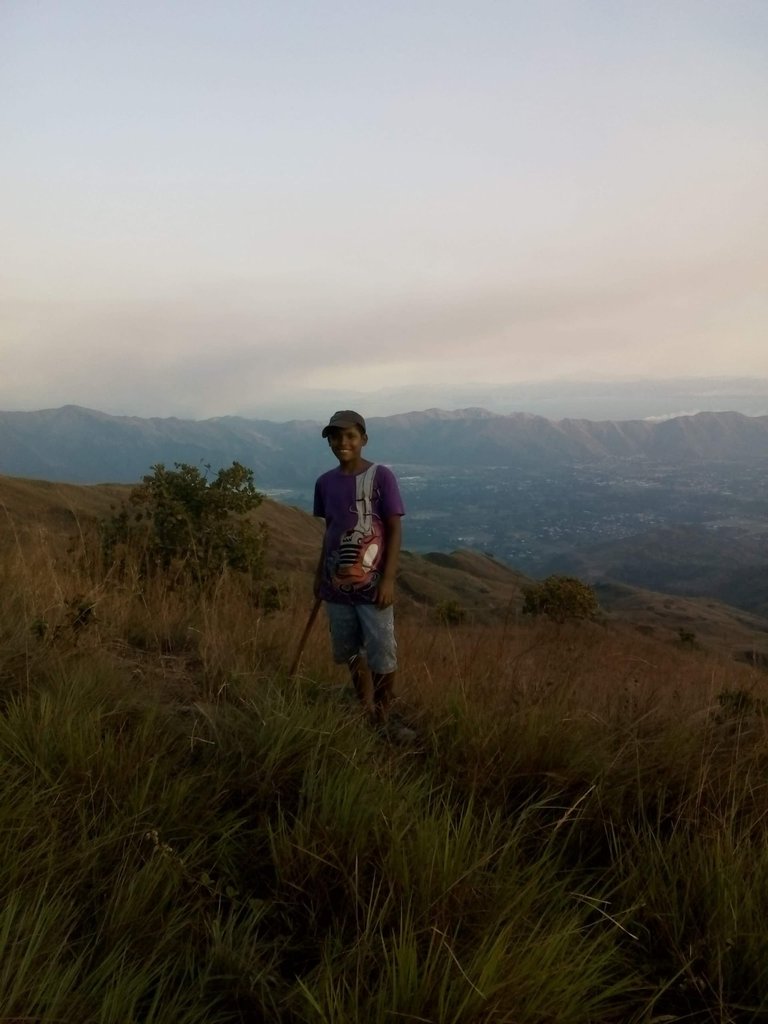
Por más de 30 minutos discutieron y me preguntan ¿cuál es el final del parque?
Y les digo que la playa, y los dos se dispusieron a llegar al final, yo estaba escéptico no creía que tuvieran tanta resistencia, al otro día les digo a todos en la casa que vamos hacer el recorrido completo y nadie se atrevió; generalmente salía con casi todos pero este recorrido lo calcule tan largo que la hora de partida no era común como en las otras ocasiones, al momento del acenso partí con los dos niños fanfarrones, hasta que de repente escucho a lo lejos una voz que dice -espérenme- otro niño de la casa hogar que se animó, así que subía con tres adolescentes de 12, 13 y 14 años de edad. Fuimos a inparque a registrarnos y pregunte por indicaciones, primera vez que iba tan lejos, me comentaron que para eso tenia que acampar y que mínimo eran dos días, que existía un lugar que se llamaba “el rancho de las caraotas”. A este punto y un poco cansado de las discusiones y competitividad de los muchachos no les preste mucha atención a los bomberos e inparque.
A el niño nuevo se le ocurre la idea de hacer carreritas y los otros dos niños aceptan, llegando a un lugar del parque que se conoce como el arbolito el de la idea de las carreritas está cansado y noto que cambia su color de piel y advierto que posiblemente nos tenemos que regresar, nos extraña que se cansara tan pronto, no era primer vez que un niño nuevo hiciera carreras y en el sitio que estábamos no era tan larga la distancia, su némesis le pregunta, ¿Qué llevas en ese bolso? Y nos muestra 3 botellas de agua de dos litros, momento en que los dos niños y yo nos reímos espontáneamente, el niño nuevo le dice:” este camino es como la vida, si llevas mucho te pesa y vas a ir lento, si llevas poco algo te faltara y no podrás llegar a donde quieres” todo está en ser equilibrado.
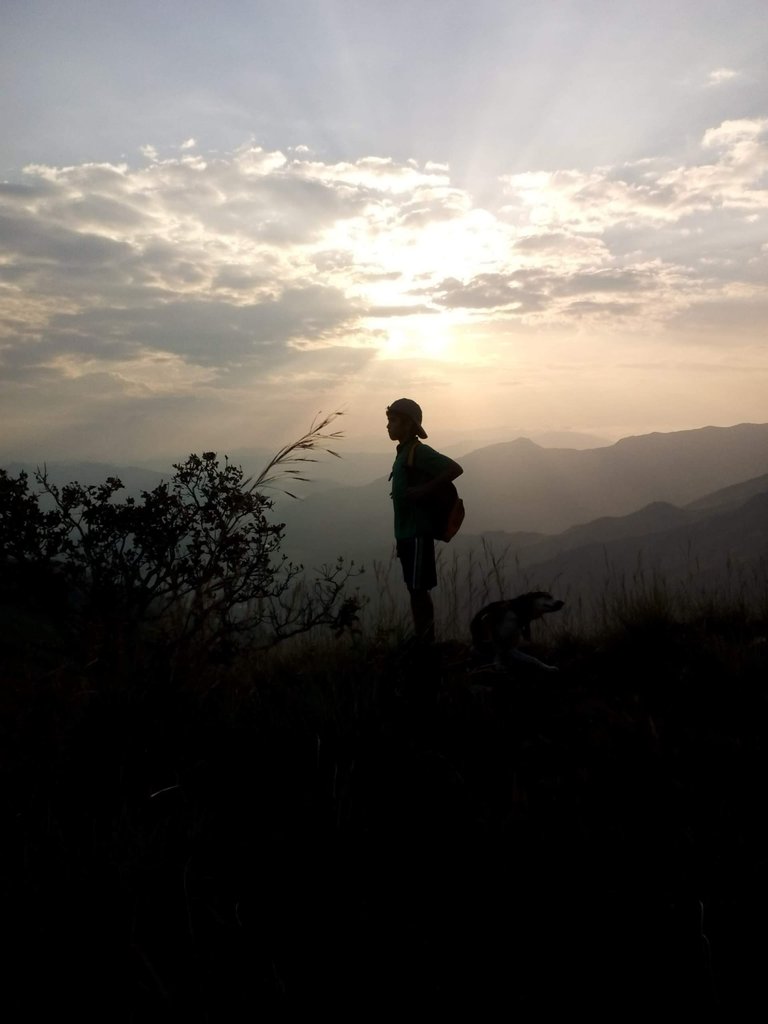
Ese momento fue muy tierno y nostálgico, un año atrás esas mismas palabras se las dije yo pero no fue por traer mucha agua, él llevo el bolso lleno de comida, me sorprendió que recordara mis palabras a pesar del tiempo, en ese momento me di cuenta que lo que hablaba con ellos de alguna manera sembraba una especie de semilla que tal vez nunca vería retoñar pero que les serviría en algún momento, el niño nuevo se quedo dormido al rato y pensé que el viaje llegaba hasta ese sitio; para mi sorpresa cuando se despertó dijo que quería continuar; cambio el paso no quería seguir corriendo, en ese momento de manera orgánica los niños que tenían mas tiempo en la casa hogar estaban adelante y aproveche para decirle las reglas de la casa, en lo que termino el me comenta -esta es mi tercera institución y en mi familia yo pase de casa en casa- el problema no son las reglas, el problema soy yo, eso me despertó todas las alarmas; y deje que sus palabras reposaran en mi cabeza, en su momento solo le dije lo obvio, que él no era el problema y a partir de ahí me conto su historia, al punto que ni me di cuenta que se había pasado el límite de la estatua de piedra; siempre que se superaba un tramo del camino por explorar se hacia una estatua de piedra.
Me concentre escuchando la historia de vida del muchacho casi a un nivel meditativo, y como manía de psicólogo en mi mente estructuraba el encuadre terapéutico que tenía que usas, fue como despertar de un sueño ese momento cuando llegamos al ranco de las caraotas un lugar que rosaba con lo mágico, eran dos láminas de latas entrecruzadas haciendo una casita tipo chalet, bastante tétrico, perfecta como para hacer un cortometraje de terror, pero alrededor de ella tenia una cantidad de arboles frutales los cuales la vista no daba abasto.
Veo que el chico nuevo sube a una pequeña loma y me dice ¿lo escuchas? ¿Escuchas el mar? Obviamente yo sabia que era su imaginación por que la distancia no daba para escuchar nada, acto seguido vacío sus botellas de agua y coloco una cara como si hubiera sido iluminado con algún entendimiento, me miro y dice ¿llegamos hasta acá? Y le contesto que sí, que ya era muy tarde; fueron casi seis horas de viaje ida y retorno, de regreso nos encontramos con el atardecer mas hermoso que nos dio el camino.
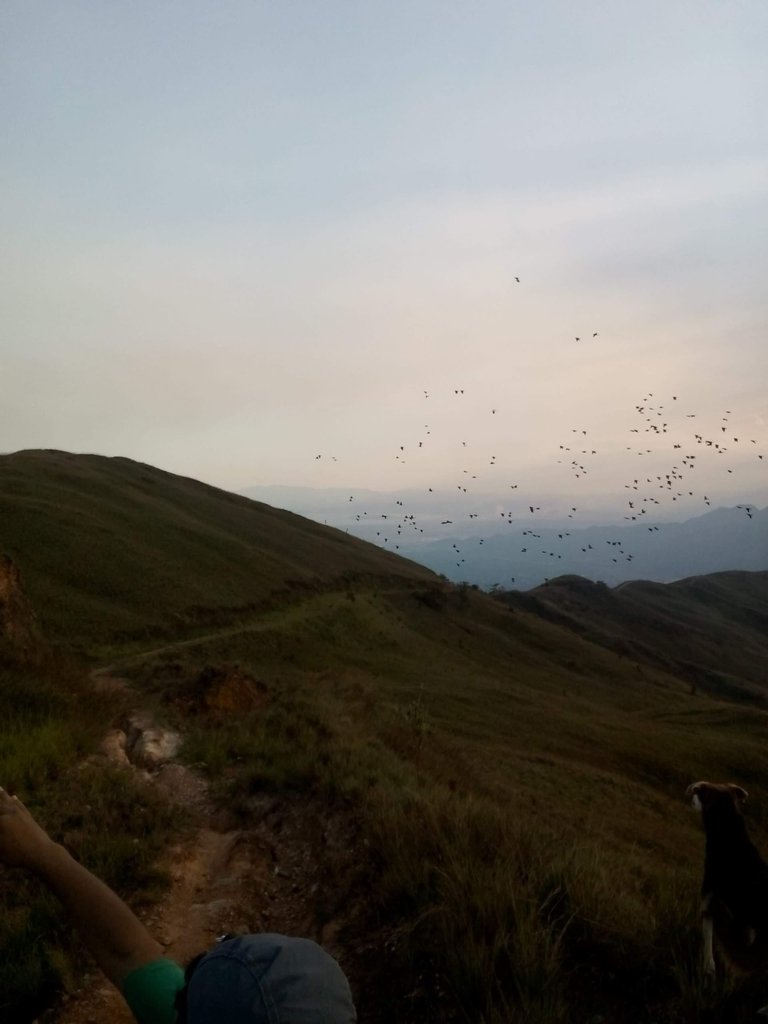
Congratulations @joecarman! You have completed the following achievement on the Hive blockchain And have been rewarded with New badge(s)
Your next payout target is 50 HP.
The unit is Hive Power equivalent because post and comment rewards can be split into HP and HBD
You can view your badges on your board and compare yourself to others in the Ranking
If you no longer want to receive notifications, reply to this comment with the word
STOP